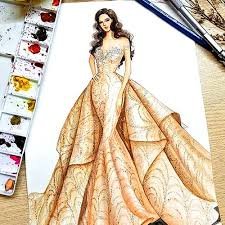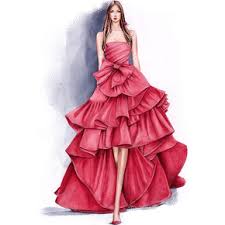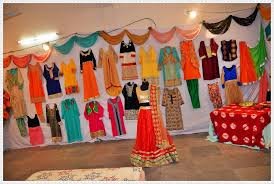What is the Difference Between Fashion Design and Apparel Design? Best Fashion Design and Apparel Design courses
Fashion design and apparel design are two interrelated but distinct fields that involve the creation of clothing and accessories. While both of these fields are related to the fashion industry, there are some key differences between them. In this article, we will explore the differences between fashion design and apparel design in 1000 words.

Fashion Design :
Fashion design refers to the creation of original designs for clothing and accessories that are intended to be worn by individuals as a means of self-expression or as a reflection of current trends. Fashion designers are responsible for conceptualizing, designing, and producing a range of clothing and accessory items that may be sold through various retail channels, including boutiques, department stores, and online platforms.
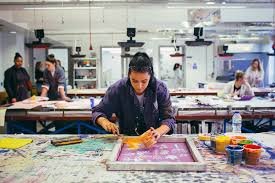
The process of fashion design begins with the creation of a concept or theme, which is then translated into sketches, patterns, and prototypes. These initial designs are often refined and revised based on feedback from industry professionals, trend analysis, and consumer preferences. Once a final design has been approved, the designer will work with manufacturers and suppliers to produce the finished product.
Fashion designers need to have a strong understanding of design principles, textiles, color theory, and garment construction techniques. They must also stay up-to-date with current trends and be able to anticipate and respond to changes in the fashion industry.
Apparel Design :
Apparel design, on the other hand, is more focused on the technical aspects of clothing production, including patternmaking, garment construction, and quality control. Apparel designers are responsible for creating patterns and technical specifications for clothing items, as well as overseeing the production process to ensure that garments are made to the highest standards of quality and fit.
Apparel design refers to the process of creating clothing and accessories that are aesthetically pleasing, functional, and meet the needs and desires of consumers. This field involves a combination of creative design, technical skill, and understanding of the fashion industry and consumer behavior.
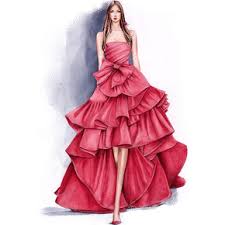
The apparel design process typically begins with research and ideation. Designers research fashion trends, consumer preferences, and market demands to identify opportunities for new designs. They also explore different fabrics, colors, and textures to use in their designs. Once designers have gathered enough information, they begin sketching their ideas on paper or using digital tools.
After the initial sketches are created, designers may create rough prototypes or samples of their designs to test the fit, drape, and overall look of the garment. They may work with pattern makers and sample makers to refine the design and create a final prototype.
Once the prototype is complete, designers may present their designs to fashion buyers or showcase them at fashion events to generate interest and secure orders. They may also work with manufacturers to produce the garments on a larger scale.
Throughout the apparel design process, designers must consider factors such as sustainability, functionality, and the target market. They must also be able to work within budget constraints and meet production timelines.
Successful apparel designers must possess a combination of creative and technical skills. They must be able to sketch their designs by hand or using computer-aided design (CAD) software. They must also have an understanding of fabrics, pattern making, and sewing techniques.
In addition to technical skills, apparel designers must have a keen eye for aesthetics and be able to identify and respond to trends in the fashion industry. They must also be able to communicate their ideas clearly and work collaboratively with other designers, manufacturers, and suppliers.
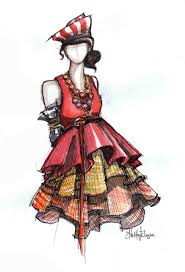
In recent years, sustainability has become an increasingly important consideration in apparel design. Designers are exploring eco-friendly fabrics and production methods and incorporating sustainable practices into their designs. Consumers are also becoming more aware of the environmental impact of the fashion industry and are looking for sustainable options.
Overall, apparel design is a dynamic and constantly evolving field that requires a combination of creative and technical skills, as well as an understanding of consumer behavior and industry trends. Successful apparel designers must be able to balance aesthetics with functionality, and meet the demands of both consumers and the fashion industry while also considering sustainability and ethical concerns.
Best Fashion Design and Apparel Design courses:
There are many excellent fashion design and apparel design courses available both online and in-person. Here are some of the best courses in this field:
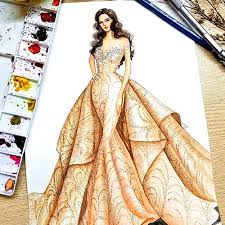
- Fashion Design and Creation – Coursera: This is a comprehensive course that covers the entire process of creating a fashion collection. It includes modules on design inspiration, sketching, pattern-making, and garment construction.
- Apparel Construction – Udemy: This course focuses specifically on the technical aspects of apparel design, including pattern-making, cutting, and sewing techniques. It is suitable for beginners as well as more experienced designers.
- Fashion as Design – MoMA: This online course is offered by the Museum of Modern Art and explores the history and cultural significance of fashion. It covers topics such as sustainability, identity, and the impact of technology on the fashion industry.
- Fashion Design: Concept to Creation – LinkedIn Learning: This course covers the entire process of creating a fashion collection, from concept development to garment production. It includes modules on sketching, draping, and garment construction.
- Fashion Design Masterclass – MasterClass: This course is taught by designer Diane von Furstenberg and covers a range of topics including sketching, pattern-making, and building a brand. It is suitable for both beginners and more experienced designers.
- Apparel Design and Merchandising – Parsons School of Design: This is an in-person course offered by the prestigious Parsons School of Design in New York City. It covers all aspects of apparel design, from sketching to production, and includes hands-on experience working in a fashion studio.
